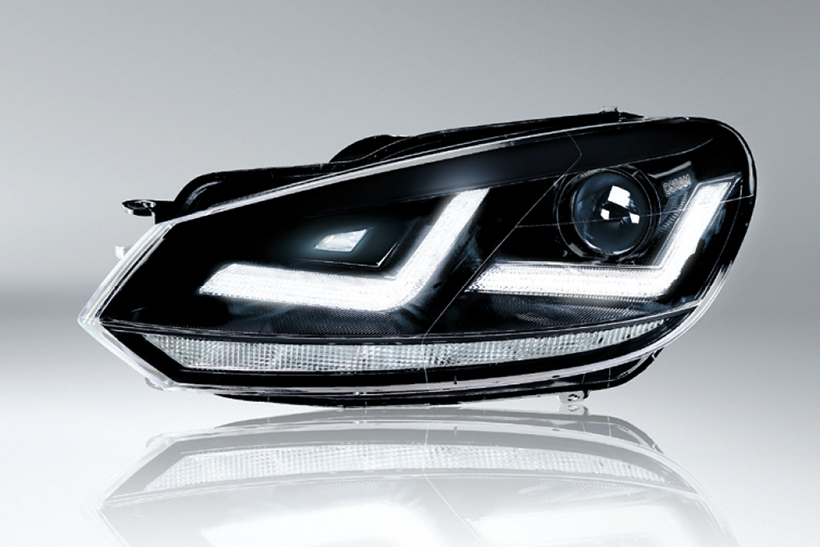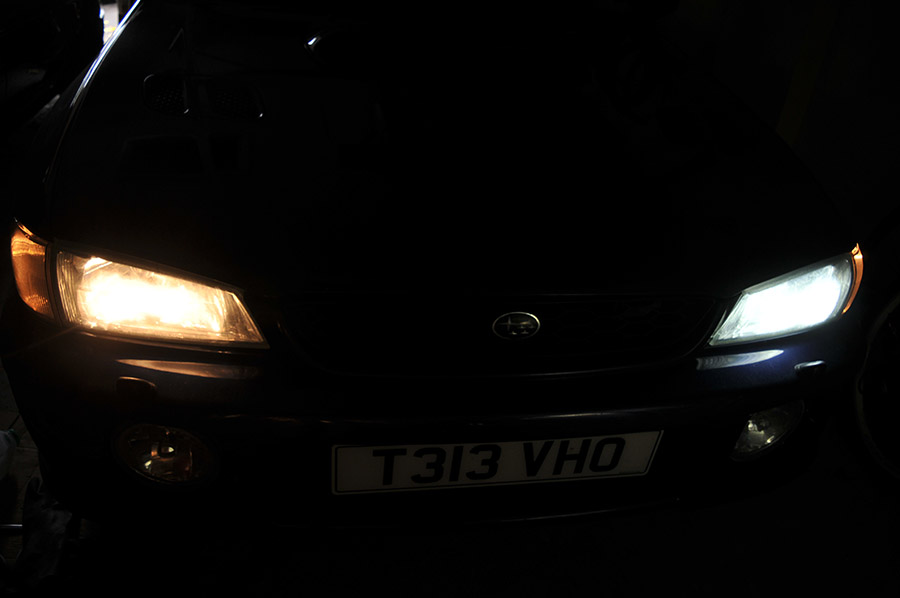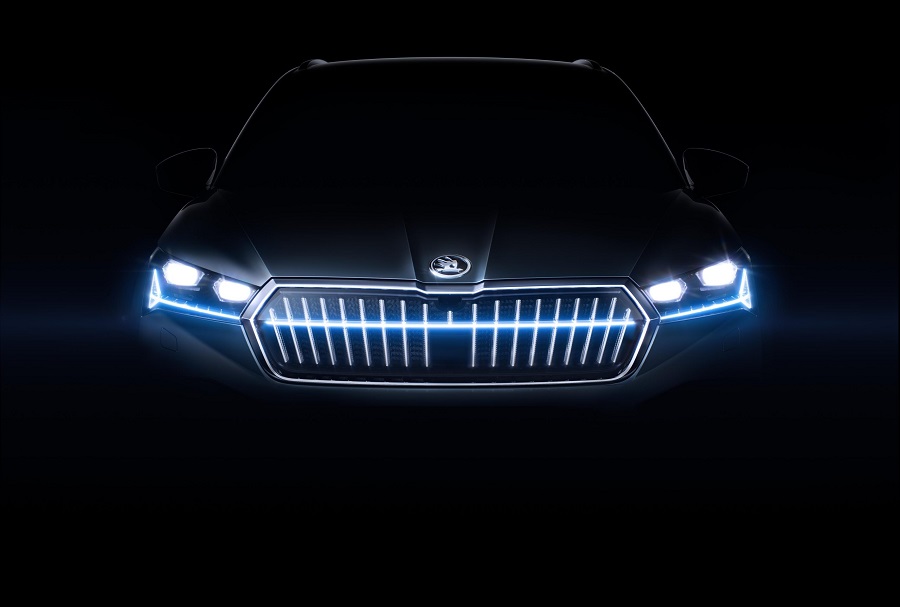LED Headlights are a great functional and aesthetic upgrade for your car, but what are they and how do they work? Here’s all you need to know.
Car headlights are pieces of technology which plenty of automotive enthusiasts don’t really pay much attention to. But when you think about it, that’s a bit odd, considering that headlights can have a big impact on not only your car’s style, but also its ‘quality of life’ factor. As such, they should be an important part of your car maintenance checklist, if not your upgrade wish list.
If you haven’t got them as standard, one way to upgrade your car’s headlights is to swap them out for a set of LED lights. LED stands for light emitting diode, and as you might have guessed, a diode is very different to your usual filament and bulb. So, how exactly do they work?

How Do LED Headlights Work?
A light emitting diode is a powerful and efficient way of producing light which illuminates when the electrons in its semiconductor material get all fidgety. That’s the technical term.
Essentially, when these little diodes receive an electrical current they release photons, which are what make up our concept of light. This process is called electroluminescence. On top of that, if you change the amount of current that a diode receives, that’ll cause the light it emits to vary in color. Well, that’s the *very* simplistic way of looking at it, anyway. Of course, when it comes to headlights, the only variation in color you’ll find on the market is different shades of white.
LEDs have various uses in cars, such as interior modifications or exterior light bars.

On the left, the original Subaru Impreza halogen light bulbs. On the right, LED headlight bulbs
Benefits of LED Headlights
LEDs are the pinnacle of current-day headlight technology. They give off a crystal clear white light, which is not only powerful but also very pretty. Even better, despite their uprated performance over traditional halogen bulbs, and arguably xenon bulbs too, LEDs are also very energy-efficient. So, in a world where energy conservation and environmental awareness is increasingly important, LEDs are the most virtuous option too.
However, they aren’t your only option when it comes to headlight upgrades. HIDs, or ‘xenons’, are another possible option. Check out our head-to-head guide to get the low-down on which might be better for you and your car.

What are Matrix Lights?
This particularly jazzy-sounding sub-genre of LED headlight is seriously high-tech. In simple terms, Matrix headlights are made up of a many LEDs, arranged in columns and rows, accompanied by several mirrors, sensors and even cameras.
That supporting hardware takes in the road ahead and tells individual LEDs to either dim or shine; the idea being that the LEDs will ‘follow’ the road and focus on illuminating what’s important. In practice, they perform very well. But, when things go wrong, you’re looking at a hefty bill to put them right.
Can I swap halogen lights for LEDs?
Yes, you can. You will need a conversion kit to carry out the job, but it is possible to switch your halogen headlights to LED ones. The benefit for doing so is much brighter lighter. Halogen bulbs are rated at about 1000 lumens, while LEDs sit at about 3200, which is effectively 3x brighter.
That being said, LED bulbs are more expensive than halogens and you will also need to factor in the cost of a decent conversion kit.





